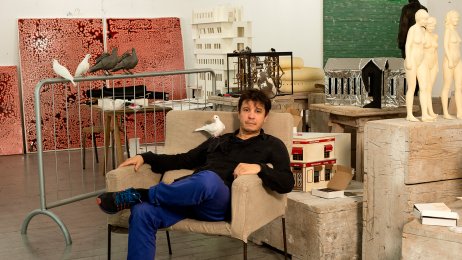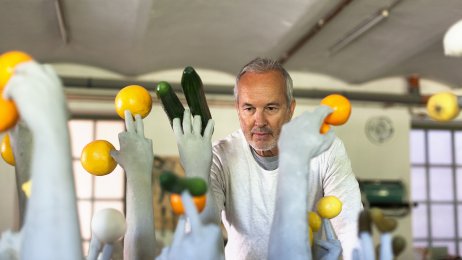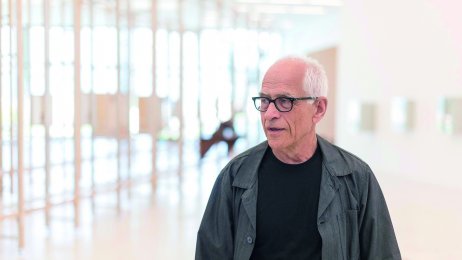Contemporary Art
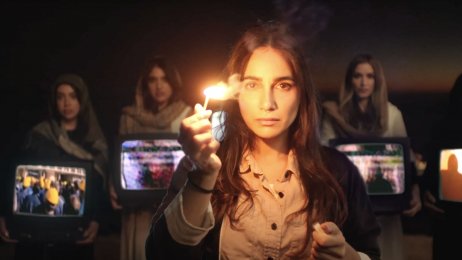
Lioness
Duration : 4m
Maturity Level : all
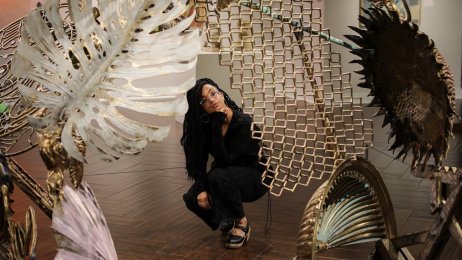
Heather Nickels | Persevere and Resist
Duration : 4m
Maturity Level : all
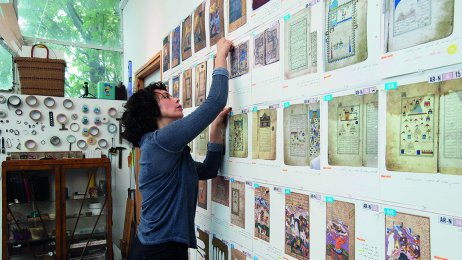
Ilit Azoulay | Mousework
Duration : 3m
Maturity Level : all
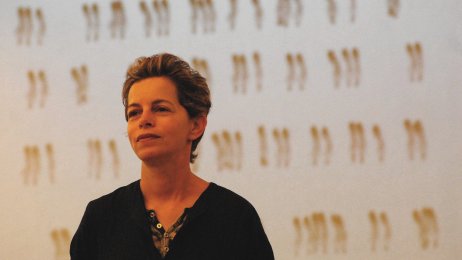
Michal Rovner | Night
Duration : 2m
Maturity Level : all
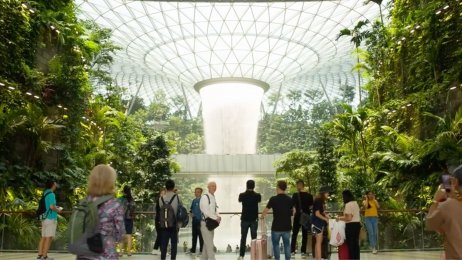
Moshe Safdie | For Everyone a Garden
Duration : 6m
Maturity Level : all
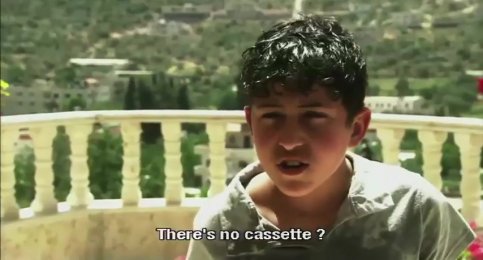
A Boy, A Wall and A Donkey by Hany Abu-Assad
Duration : 4m
Maturity Level : all
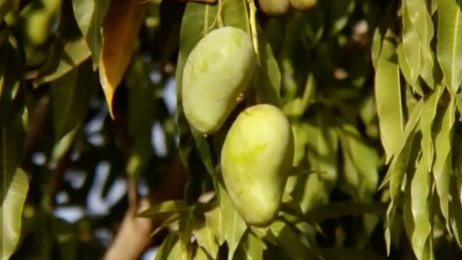
La mangue by Idrissa Ouedraogo
Duration : 4m
Maturity Level : all
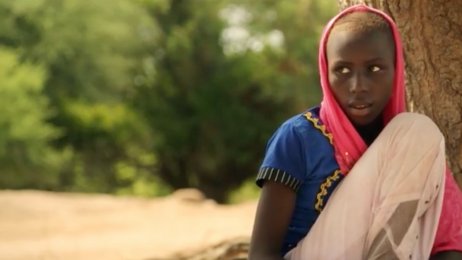
Lac Mahamat-Saleh Haroun
Duration : 7m
Maturity Level : all
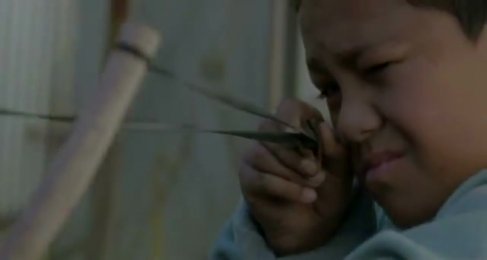
Lily and Ra by Armagan Ballantyne
Duration : 4m
Maturity Level : all
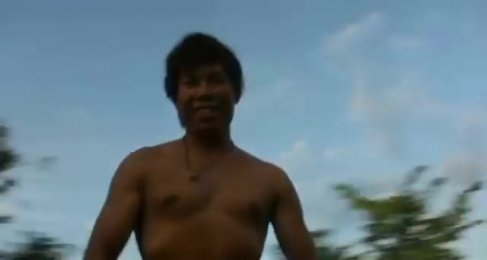
Mobile Men by Apichatpong Weerasethakul
Duration : 4m
Maturity Level : all
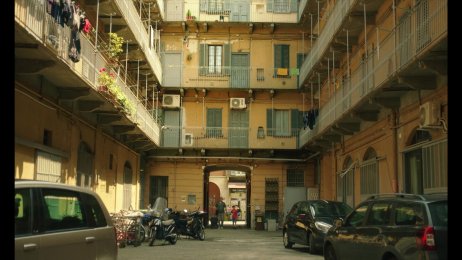
OLMO by Silvio Soldini
Duration : 10m
Maturity Level : all
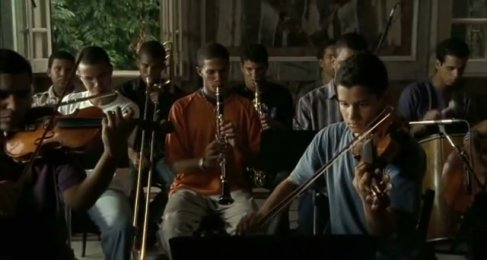
Voyage by Daniela Thomas
Duration : 3m
Maturity Level : all
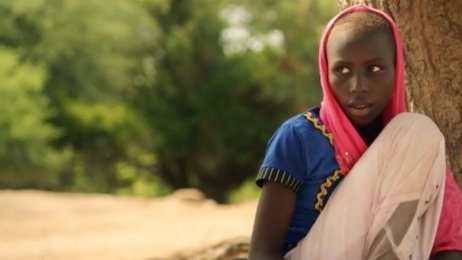
New | Art for the World
Duration : 7m
Maturity Level : all
Alfredo Jaar, "Claro-Escuro"
Duration : 3m
Maturity Level : all
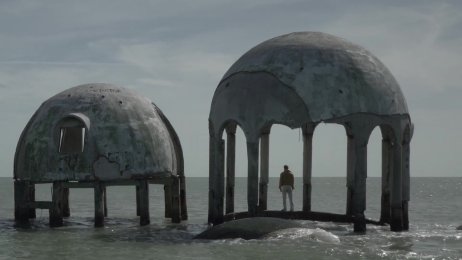
Re-enactment for a Future Scenario #2: Cape Romano
Duration : 5m
Maturity Level : all
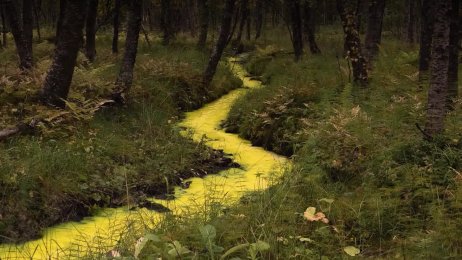
Afterglow
Duration : 3m
Maturity Level : all
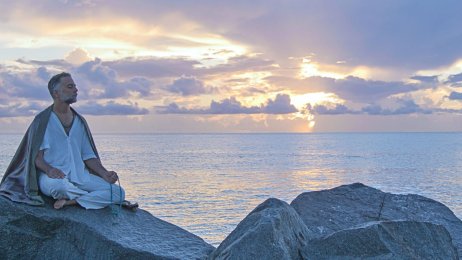
Letter from the Age of Ecocide
Duration : 7m
Maturity Level : all
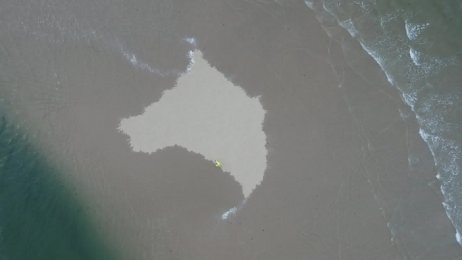
Going Nowhere
Duration : 8m
Maturity Level : all
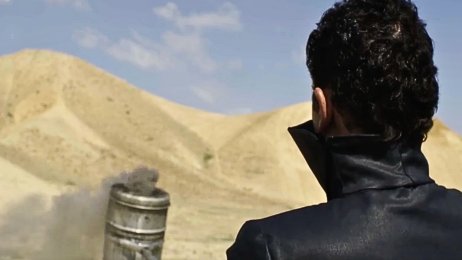
Smoke cloud
Duration : 5m
Maturity Level : all
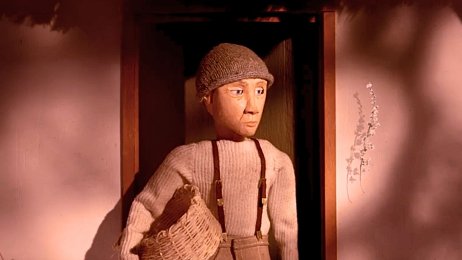
Life with a flower
A man connects with nature through a simple act. By Eli Turner
Duration : 3m
Maturity Level : all
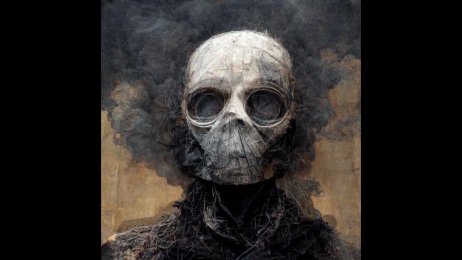
Fire Man II
Duration : 3m
Maturity Level : all

